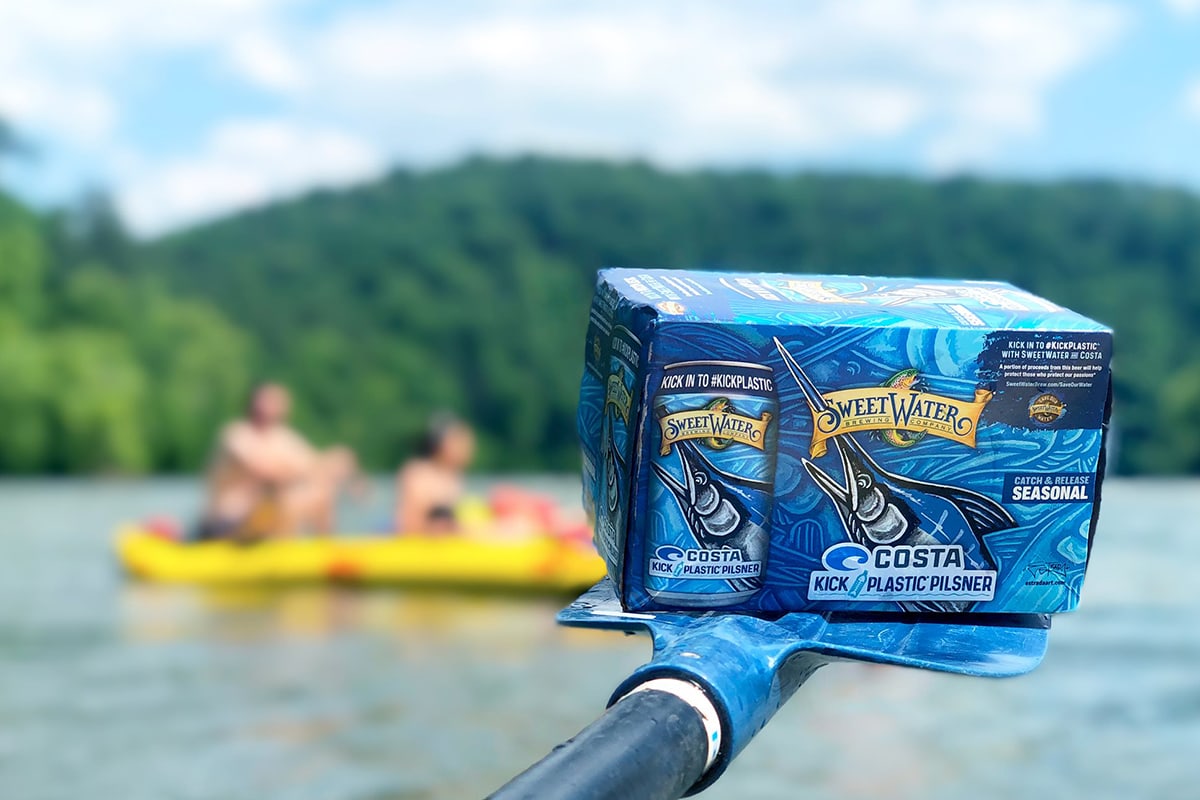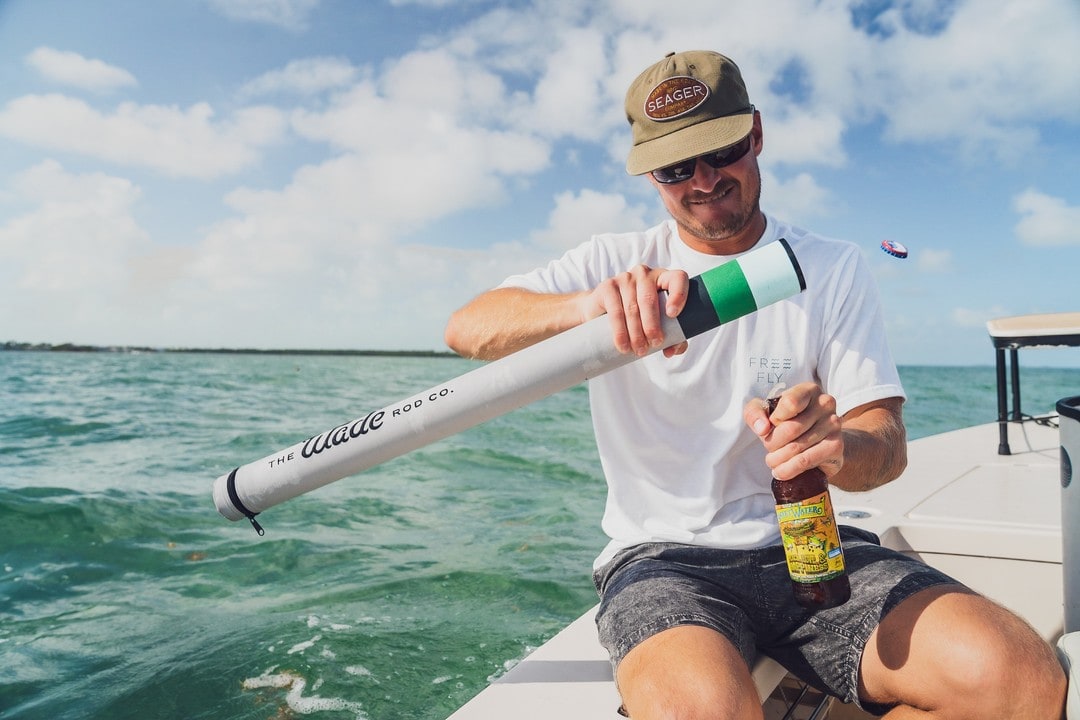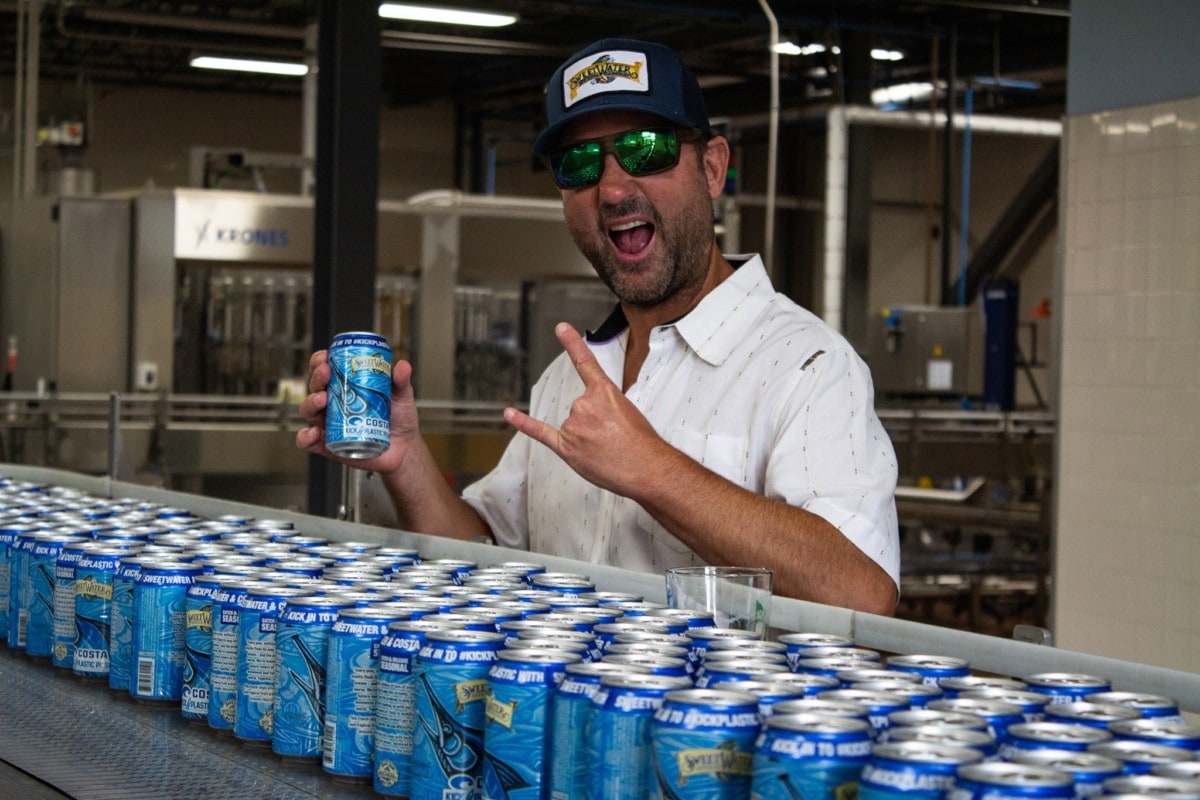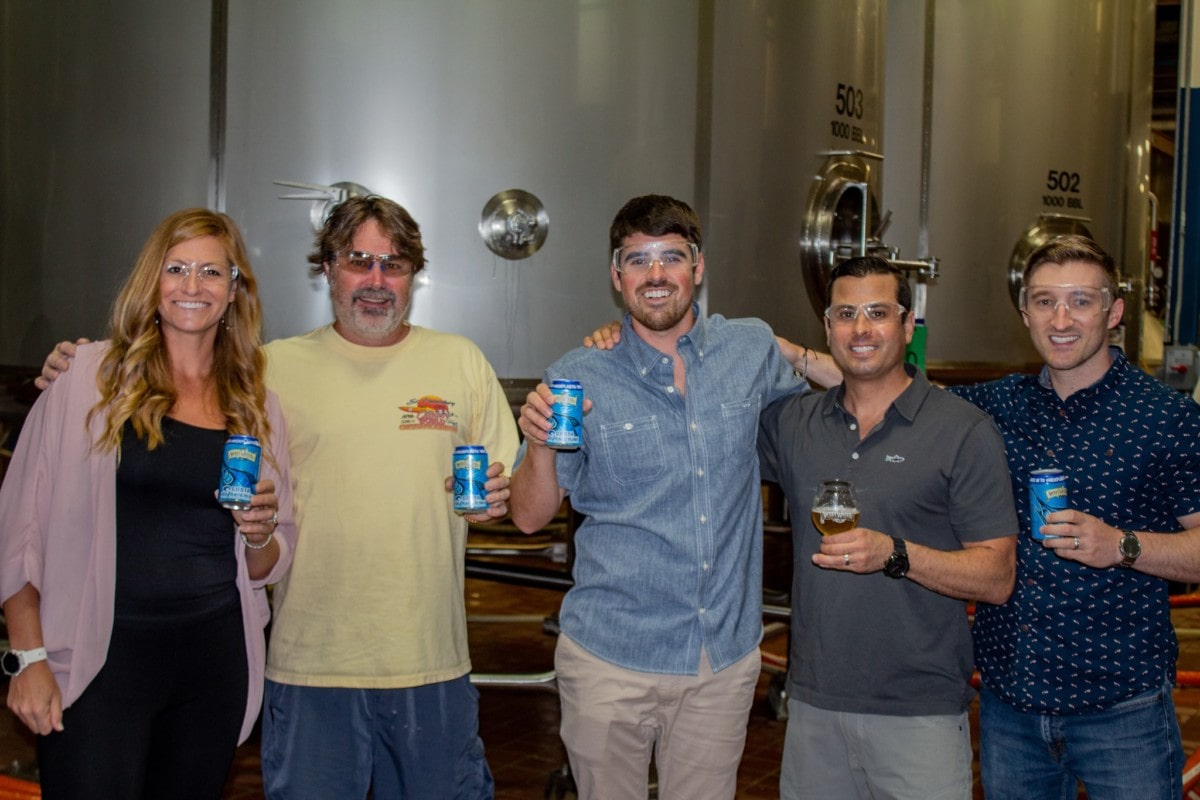
Brand Values: SweetWater Brews Flavor and Emotion to Drive Engagement
Taste. Texture. Scent. We all have a reason why we love the food we love. For brands like SweetWater Brewery, the consumer love runs deeper.
What makes food and beverage products so lovable? They, for consumers, are both emotional and sensory experiences. Consumers’ experiences are comprised of preference-based attributes stored in our brains (what we like), coupled with the deep-seated sentiment we hold in our hearts (how we feel). Food and beverage products are connectors that companies can use to drive greater engagement, resulting in more meaningful experiences and bottom-line profitability. This requires a balanced combination of data and heart. You’re a consumer. Think about your favorite food and beverage products. Why do you love them? Is it because of their taste, scent or texture? Do you love them for their production methods or environmental policies, their packaging or their ingredients? Maybe you love them for how they make you feel—for their functional benefits, nostalgic sentiment, or for the idealistic impact the purchase represents. Like the products themselves, it is more likely some formulation of all the above.
Your Why
Brands like Terra Chips, RXBAR and Halo Top all belong to vastly different product categories but have earned very similar success. What sets them apart? What is their secret ingredient? To find it, you have to look below the surface — not at what they do, but at what makes them who they are. This is their “why” — also known as their values. Regardless, food and beverage products for consumers are both emotional and sensorial experiences—emphasis on experience.
Values have everything to do with success, becoming market-ready, getting the right shelf-strategy, engaging the customers at the right time in the right place with the right message, and ultimately with driving more product sales and bottom-line revenue. Those brands not only identified but also applied their values to every decision they’ve made. They bake their core beliefs into every product they’ve produced, reference them with every retailer they’ve pitched, make them visible on every package at the shelf, and felt through every customer touchpoint – be it advertising, catalog, social media, or website.
According to the 2017 Edelman Earned Brand Study, 30 percent of consumers are making more belief-driven purchase decisions, emphasizing that they will buy, switch from, or avoid your brand, even boycott it, over your policies and procedures. When you have a product that truly embodies your values and priorities, you will naturally attract people who value those same things and make their decision to purchase much easier and more enjoyable.
How can you use this understanding to make connections with your specialty food product customers? How do you drive greater customer engagement, resulting in more meaningful experiences and bottom-line profitability? The answer requires a combination of data and heart.

SweetWater Brewery Values Come in Flavors
We sat down with Tucker Sarkisian, the Communications Director of SweetWater Brewery to talk about their approach to going “beyond creating great beer” to support their core values.
“Throughout the year, SweetWater partners with several like-minded organizations to promote water and land conservation, allowing us to give back locally, nationally, and globally.”
SweetWater Brewery’s Website
How does Sweetwater align flavor to a partnership?
There are many ways, but here are a few examples:
- Guide Beer: From the day we decided to craft a beer in honor of adventure guides, we reached out to a bunch of fly fishing, paddling, skiing, etc. guides and asked them what types of beer they like to drink. We even had a “focus group” at the brewery with local fishing guides to taste different styles and get feedback. Overwhelmingly, they all wanted a light but still tasty, refreshing, low ABV beer – thusly, Guide Beer became a lager.
- Kick Plastic Pilsner: Costa as a brand is all about enjoying the great outdoors – so the collaboration with them naturally needed to be a style that’s crushable and refreshing for days outside; pilsner perfectly fits that order.
- When we collab on Dank Tanks with musicians, they’ll typically visit the brewery and go through a tasting session with our brewers. Then the brewers will create recipes that they think reflect the artists’ taste preferences, and the creative team will work on names and can art that match the style of their music. For example, we brewed a beer with Kyle Hollingsworth of String Cheese Incident (who’s headlined 420 Fest in Atlanta) – he’s a huge craft beer fan and has some homebrewing experience, so he wanted a big hop-forward IPA.
What are some specific ingredients to describe the difference between an existing SweetWater brew versus the Pink 420?
SweetWater is known for our flagship 420 Extra Pale Ale, a crisp and tasty West Coast style pale. The only difference between 420 in the green can and the pink can that we made especially for Delta’s breast cancer awareness month initiatives is… the color of the can (winks Tucker). Every beer has a different hop profile, and they all have different recipes.
What are the emotional connections to each flavor? For example, mellow, uplifting, coastal, etc. How much of a “mood” is considered when creating a product?
Mood and “drinking occasions” are always considered. Example: The drinking occasions for Guide Beer are: day drinking, on the boat, after a long bike ride. It needs to be something refreshing and light.
Who is on a brew team or testing? How involved are the partnering brands, and do they have a say in the end result?
Several departments are involved in collaborations – marketing, creative, brewers, quality assurance.
The partner brands are very involved. We had a relationship with Costa Sunglasses long before “Kick Plastic” was brewed, so they’re familiar with our brand and vice versa. They came to the brewery for a day to brew the beer with our head brewer Nick Nock, they were in multiple meetings/calls with the marketing team to name the beer, check out Erik Estrada’s artwork for the can, talk about messaging, PR strategies, and events to further promote the beer and, most importantly, the Kick Plastic campaign.
When developing the ad messaging – do you do this before, during, or after the experimentation process?
It varies beer to beer and project to project. In the case of Guide Beer, we developed the messaging and mission before the beer was brewed – it was important to get input from guides so that this beer, made in their honor, was authentic to them and their lifestyle.
What are some of the biggest challenges you come across in food marketing, and what are some “best practices” and advice on things to avoid or overcome hurdles?
In the case of Costa and the Kick Plastic brew, it was a breeze – they brought so much to the partnership and have been incredible to work with. I can’t think of any specific cases where a collab partner was a challenge, but I do have some tips:
Collaborate with partners who know and love your brand, and vice versa. Listen intently when your partner is describing their personal style, brand and flavor preferences, and make recommendations and decisions based on that. If they don’t end up loving the end result and can’t see themselves in it, they won’t be passionate enough to help promote it.

Costa Sunglasses Chooses SweetWater
We also reached out to Todd Barker at Costa Sunglasses who managed the Kick Plastic partnership with SweetWater. We wanted to get his point of view and opinion as the “like-minded” brand.
What drew you to SweetWater in the first place?
SweetWater has always been a supportive brand to the fishing industry and heavily involved in water conservation. They came to us with the Kick Plastic idea, and there was no question or reason as to why we wouldn’t. It was an opportunity to reach an audience that may not know about Costa or the Kick Plastic initiative. But most of all, it supported our Kick Plastic mission to get the word out on reducing the use of plastic to protect our waters.
How did you gauge success?
For Costa, it was all about the engagement and exposure to a new following. Of course, we pulled all of the traffic, social and sales stats, but being that SweetWater put so much work into the development, there’s no way it can fail.

To learn more about SweetWater Brewery and their brand, visit their website at www.sweetwaterbrewery.com and www.guidebeer.com. You can also find them on Facebook at SweetWater Brewing Company, on Twitter at @sweetwaterbrew, Instagram at @sweetwaterbrew and @guidebeer, and on their YouTube channel SweetWater Brewery.
Have your own story to tell? Our inbox is open to more insights and inspiration from leaders in the food & beverage consumer packaged goods industry. Email [email protected].

